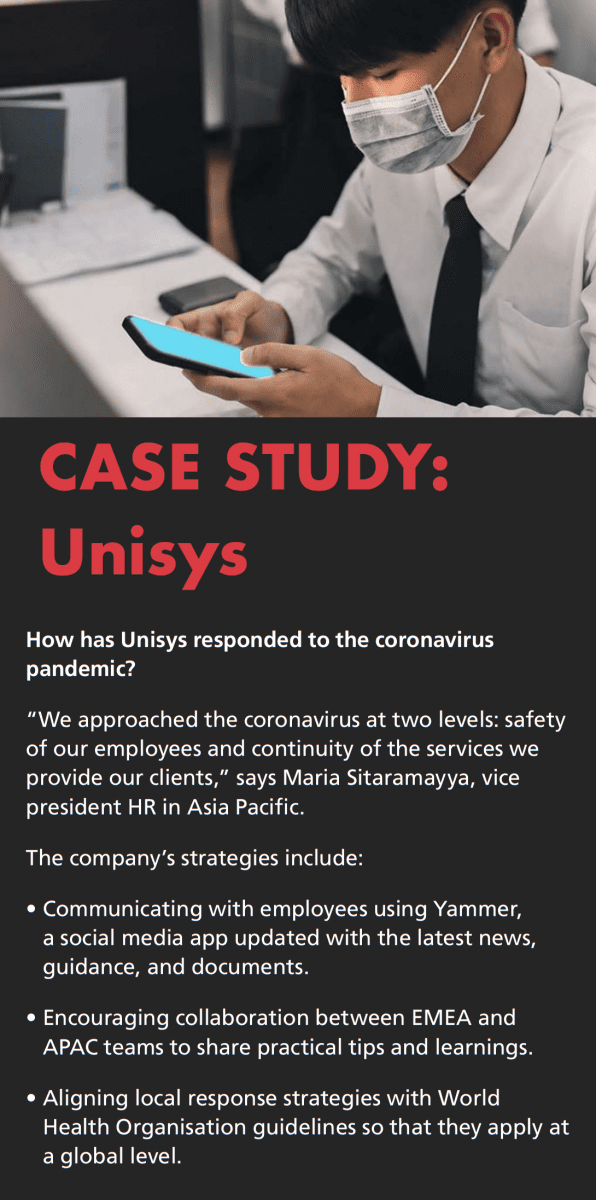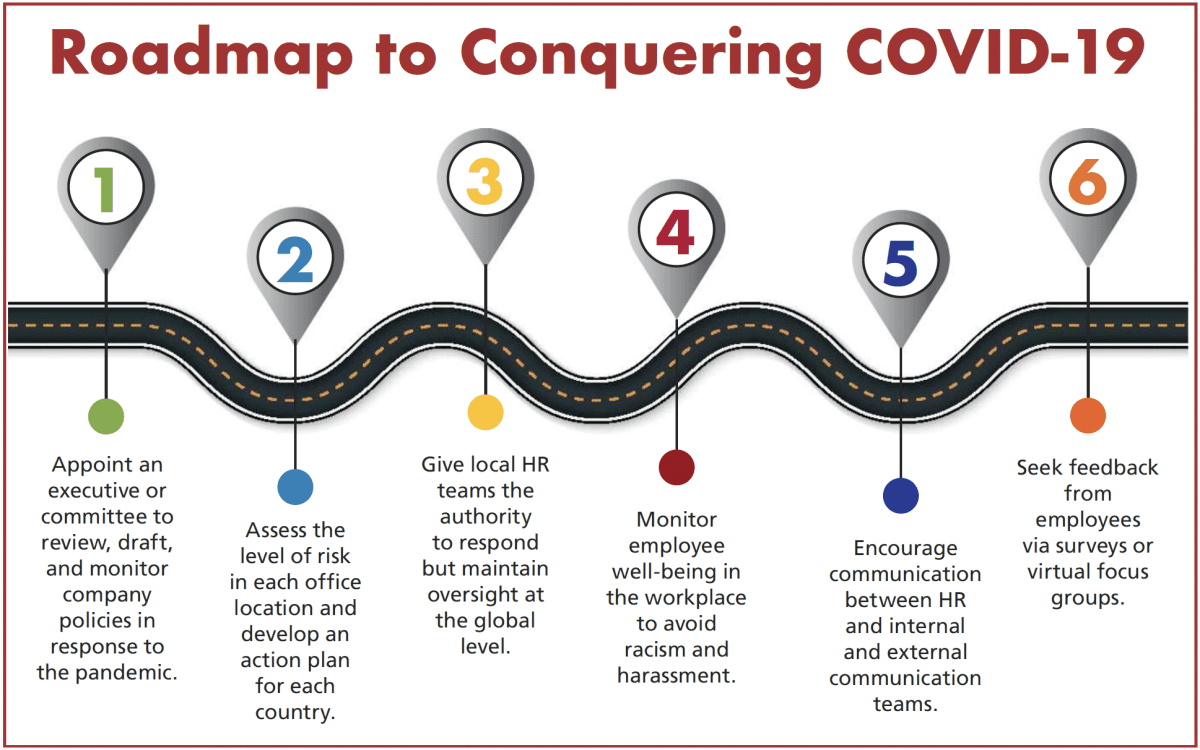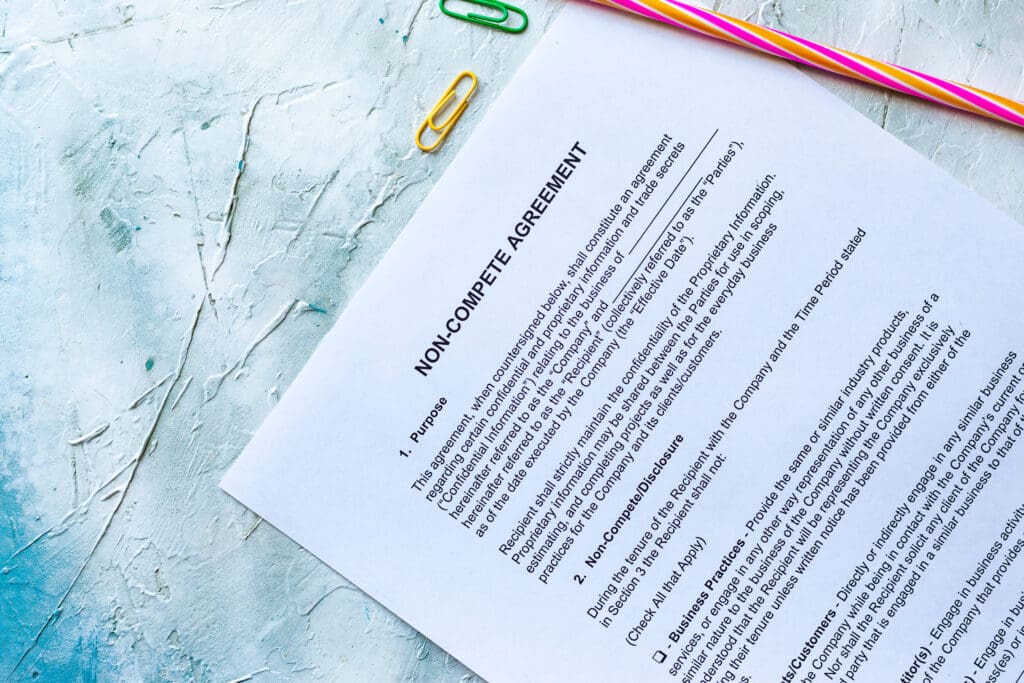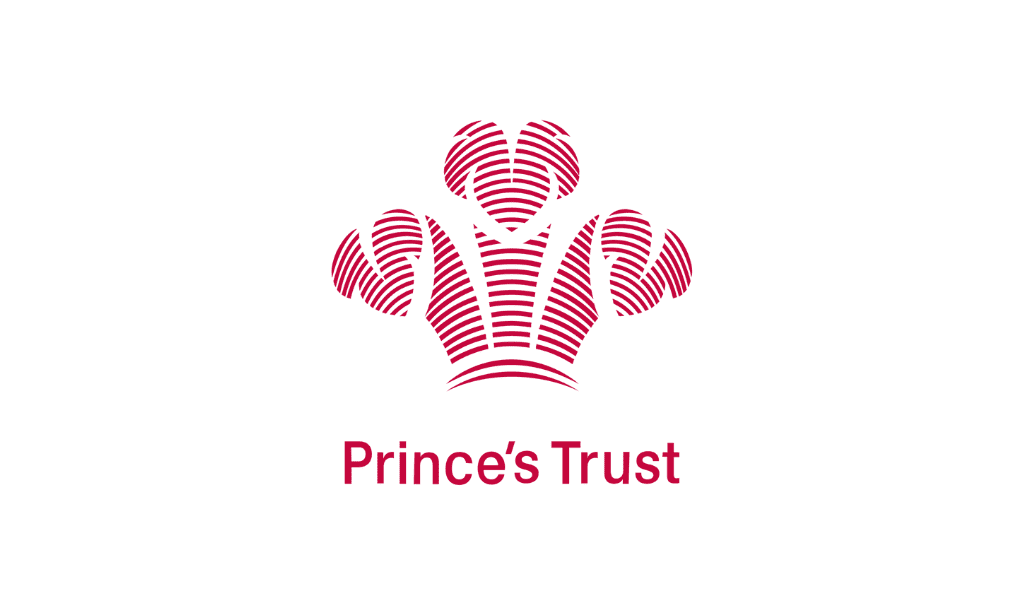Two companies share how they are adapting their workplace policies to protect their employees and businesses from the impact of COVID-19.
By Simon Kent
The speed at which the coronavirus has moved around the world means that for many HR teams, the work of creating an action plan to protect their people has shifted from the hypothetical to the top priority almost overnight. According to Julie Provino, international HR expert and award-winning CEO and founder of HR consultancy VeryHR, HR teams must now provide support, policies, and frameworks to enable their organisations to act quickly, efficiently, and smoothly -no matter what happens as the situation evolves.
“First and foremost, even if our businesses remain widely non-affected, now is the time to plan and assess,” says Provino, advising the swift appointment of an executive or committee to review, draft, and act as gatekeepers to the rules governing the organisational response to the crisis.
International businesses require international consideration, and Provino advises HR to identify the level of risk for each office location and implement specific measures for each country. Based on this assessment, organisations can adopt different policies in response to considerations like:
- When should an employee self-quarantine or be forced to go on quarantine?
- How will organisations remunerate quarantined employees?
- Where and when will employees be eligible to travel?
“Planning and remaining educated as well as educating your workforce are key to ensuring that your workplace remains calm and consistent in delivering value to your customers,” Provino says.
Indeed, because pandemics can impact different regions rapidly and with varying severity, local HR teams should be given an expanded role to respond to the crisis. This includes the freedom to evaluate triggers for action and make time-sensitive, critical decisions, such as office closures.

Communication has to be front and centre of HR’s work in this scenario. “It’s important to remember that your employees will be worried about the virus,” says Paul Holcroft, associate director at Croner. “In addition to having a duty of care to protect health and safety, you also need to consider their well-being. Consider any well-being initiatives you have and remind employees of them, for example, through your employee assistance programme.”
Holcroft highlights other workplace issues that may arise from discussion of the virus among employees. “Coronavirus is not a reason to treat employees differently because of their nationality,” he points out. “You should be alert to banter and other instances of harassment between employees about the virus which relates to someone’s nationality or ethnicity and ensure that your zero-tolerance stance to harassment is maintained.”
Crisis Response in Action
At Unisys, the company’s experience and crisis response in Asia has permeated their strategies in the west. Maria Sitaramayya, vice president HR at Unisys Asia Pacific, says the pre-existence of crisis management policies and business continuity plans in Asia meant the international business did not have to create or write anything new, but instead could put into practice already agreed-upon initiatives. “We approached the coronavirus at two levels: safety of our employees and continuity of the services we provide our clients,” she says.
Two-way communication has been key. “Rather than send a barrage of emails, we use Yammer, a social media platform for employees, which is updated with the latest news, guidance, and documents,” says Sitaramayya. “It also allows our people to ask questions and to give their ‘on the ground’ perspective.”
Earlier in the spread of the virus, Unisys’ APAC business continuity team met with their European colleagues to share practical tips and learnings from their experience. “Similarly, our internal and external communication teams and HR teams globally are sharing ideas and templates,” says Sitaramayya. “As our approach is aligned to the World Health Organisation and local country travel restrictions, it already applies at a global level.”
As the virus has spread, even small local businesses have had to consider how to respond to keep employees safe. “We’re always conscious of how quickly germs can spread in a contact centre environment such as ours,” says Gemma Banks, HR business partner at UK-based outsourcing call centre provider Connect Assist. “To try and stay on top of illness throughout the year, we provide hand sanitisers and anti-bacterial wipes to all employees and have instructions on how to properly wash hands and prevent the spread of germs in all of our breakout rooms and toilets.”
Since the outbreak of the coronavirus, hand sanitiser has been provided on walls near the entrance to the company’s centres as well as other general office areas. This move was taken in part through the recommendation of the employees themselves, and therefore demonstrated the company’s willingness to listen and respond to their concerns.
“As we’re a 24/7, 365 contact centre business, we have a business continuity plan in place where all employees are provided with the necessary equipment to be able to work from home as well as they can in the office,” adds Banks. “This allows any employee who has a need to self-quarantine to continue to work if they feel well enough to do so.”
Even in the face of adversity, Gartner believes there are learning points for businesses as they prepare for the future. “If the new coronavirus is contained and suppressed in the coming weeks, it still provides an opportunity to see where the company is exposed and which business activities may not go as planned during the spread of infectious disease,” says Gartner Vice President of HR Research and Advisory Aaron McEwan. “HR leaders should work with employees, deploying targeted surveys or focus groups to assess the effectiveness of the company response plan and any areas where employees wished they had more support.”















